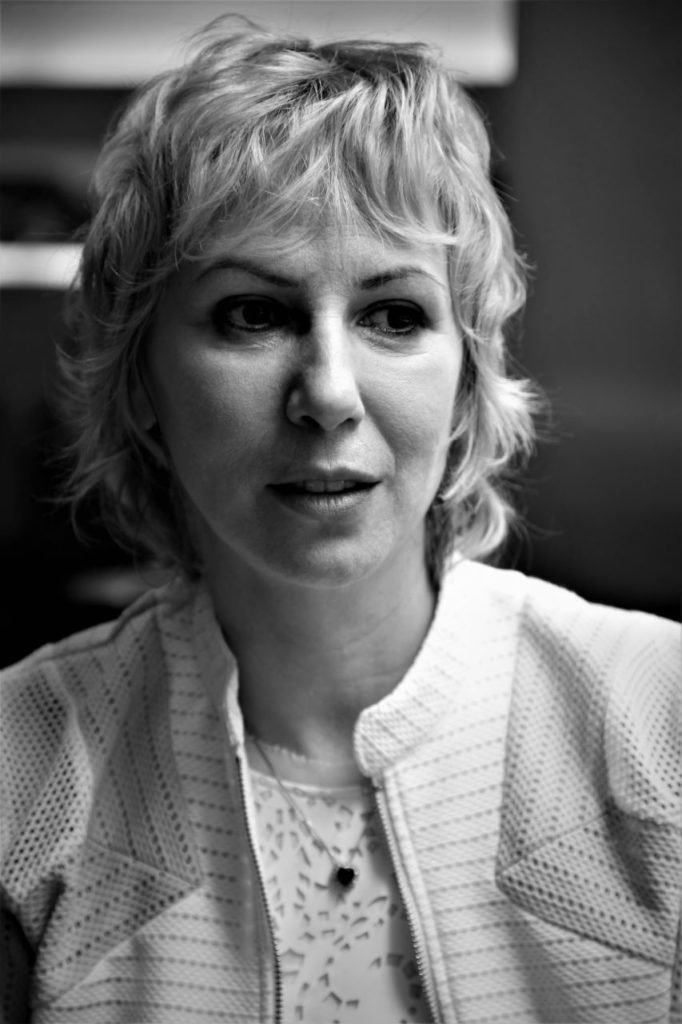

by Rafaela Prifti
A Massachusetts museum dedicated to the English colony of Plymouth and local indigenous tribes has opened a new exhibit to mark the 400th anniversary of Thanksgiving.
“We Gather Together: Thanksgiving, Gratitude, and the Making of an American Holiday” is a newly opened exhibit that marks the 400th anniversary of Thanksgiving. On display there are rarely seen artifacts from Massachusetts museum’s collection. Complete with a replica colonial village and reeanactors in Plymouth, the exhibit explores the relationship between the indigenous people and English colonists to “better understand the events that led to the First Thanksgiving,” announced the museum.
Although the English colony of Plymouth and local indigenous tribes had shared meals together, the harvest gathering in the autumn of 1621 helped inspire the holiday that was nationally recognized in the 19th century, the museum said.
Although Plymouth is home to “America’s Hometown Thanksgiving Parade”, several other states claim to have held the first Thanksgiving. There are reports that organizers of the annual Virginia Thanksgiving Festival have long insisted that English settlers in their state were the true originators in 1619 — two years before the Pilgrims held their famous feast. Some historians in Texas contend that an even earlier Thanksgiving was held in El Paso in 1598. The Jacksonville Historical Society in Florida argues the first feast involving Spanish settlers and Indigenous people occurred in 1565.
The story goes back to a few lines written by English colonist Edward Winslow describing a harvest-time meal event held in the fall of 1621 at Plymouth Colony in what is now Massachusetts.
Four hundred years later, “Instead of perpetuating a myth, institutions like Plymouth’s Pilgrim Hall Museum and Plimoth Patuxet Museums are acknowledging just how little information about the gathering survives, in addition to exploring the layered, devastating ramifications of the ostensibly festive feast. The new dialogue more carefully examines the complicated relationship between early English settlers and the Wampanoag who’d lived in the coastal community they called Patuxet for some 10,000 years by the time of the three-day celebration—probably held in late September or early October, after the crops were brought in.” Smithsonian Magazine, November 23, 2021.